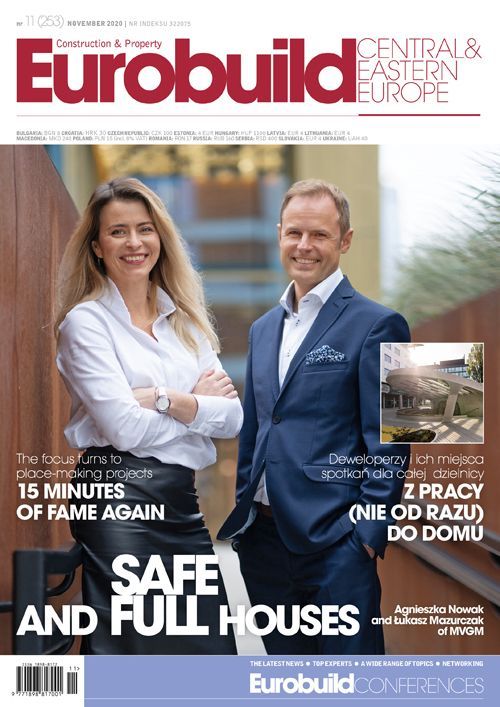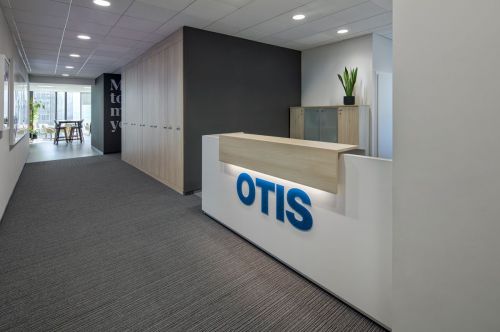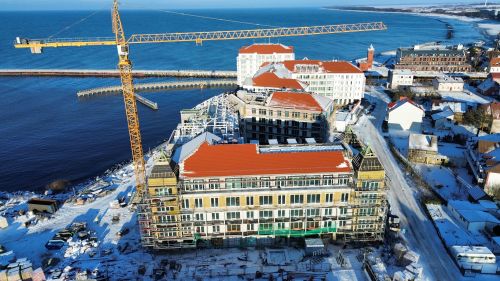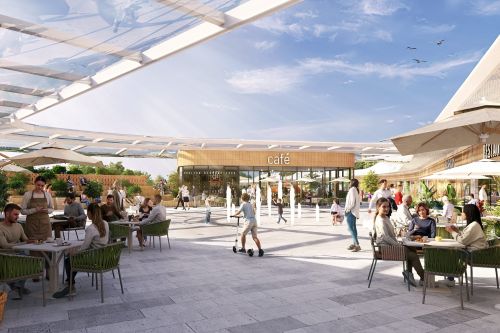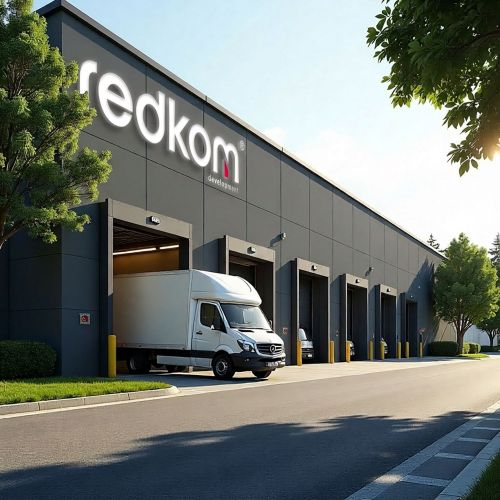Signs bidding us to keep a safe distance and cover our mouths and noses are now so ubiquitous in office common areas that we’ve even stopped noticing them, just like no one pays any attention to the fire safety instructions and the rules for using the lifts. Instead, working surfaces are more frequently being disinfected, as well as bannisters, door handles, barriers, and bike racks and stands. Almost at every corner, you can find a disinfectant dispenser for your hands and special bins for face masks and disposable gloves. The reception desks of many buildings have had plexiglass screens installed, while the staff who work in these areas are now armed with infrared thermometers. Is there anything more a developer can do? It turns out the answer is yes – and technology is playing a key role in this.
Faith in the experts
Arkadiusz Rudzki, the executive vice-president for leasing and sales at Skanska Commercial Development Europe, feels that under the present circumstan
























